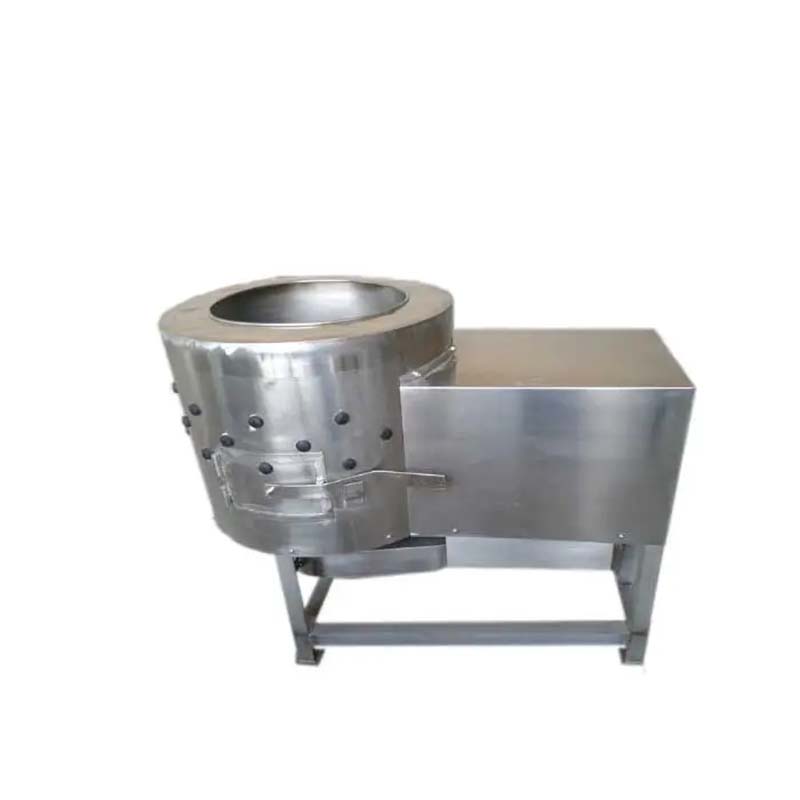Ethical Concerns Surrounding Layer Chicken Battery Cages in Poultry Farming Practices
Oct . 16, 2024 16:42 Back to list
Ethical Concerns Surrounding Layer Chicken Battery Cages in Poultry Farming Practices
The Controversy of Layer Chicken Battery Cages
The method of raising layer chickens in battery cages has been a subject of heated debate for decades. Battery cages are small, confined spaces where chickens are kept for egg production. Proponents argue they are economically efficient and help prevent disease transmission, while opponents view them as inhumane, advocating for more humane alternatives in animal agriculture.
The Structure of Battery Cages
Battery cages are typically made of wire mesh and designed to hold multiple chickens in a highly restricted space. Each cage may only offer about 67 to 86 square inches per bird—less than the size of a standard sheet of paper. This confinement restricts the chickens' natural behaviors, such as spreading their wings, foraging, and dust bathing, which are essential for their well-being. In many cases, layers are housed in large warehouse-style facilities, minimizing human interaction and further increasing their stress levels.
Economic Arguments
From an economic perspective, battery cages allow farmers to manage flocks efficiently. The tightly packed structure enables egg producers to maximize space, leading to lower operational costs. Supporters of battery cages argue that this efficiency translates into lower egg prices for consumers. Additionally, the ability to monitor and control environmental factors, such as temperature and air quality, can potentially result in healthier flocks and higher egg-laying rates.
Moreover, proponents of this system suggest that the risk of disease outbreaks is reduced when chickens are kept in isolated environments. In a crowded barn, an outbreak of avian influenza, for example, can swiftly decimate flocks. The compartmentalization of battery cages theoretically limits the spread of such diseases.
Welfare Concerns and Alternatives
layer chicken battery cage

Despite economic advantages, the welfare implications of battery caged systems have led to significant public outcry. Animal rights advocates argue that keeping chickens in such restricted environments constitutes cruelty. Studies have revealed that these birds often suffer from physical and psychological stress. Many experience conditions like bone fractures and pecking injuries due to frustration and inability to engage in natural behaviors.
As awareness of animal welfare grows, some countries have begun to phase out battery cages altogether in favor of more humane alternatives. Systems such as enriched cages, where birds have slightly more space and facilities to engage in natural behaviors, and cage-free environments allowing for roaming and nesting, have gained traction. These methods tend to be more expensive, but supporters argue they align better with consumer demands for ethical treatment of animals.
Legislation and Changing Consumer Preferences
Legislation is increasingly shifting toward animal welfare considerations, which has led many producers to reevaluate their practices. In the European Union, for example, the use of battery cages has been banned, and many states in the United States have implemented similar bans or phase-out plans. The trend indicates that the market is moving in a direction that prioritizes ethical farming practices.
Consumer preferences are also evolving, with a growing number of people willing to pay more for eggs from cage-free or pasture-raised chickens. This change reflects a broader societal shift toward recognizing the importance of animal welfare and the ethical implications of food production systems.
Conclusion
The battery cage system for layer chickens has sparked ongoing debates about animal welfare, economics, and the ethics of food production. While the economic benefits of efficiency and disease control are significant, the ethical concerns surrounding animal treatment cannot be ignored. As consumer awareness continues to rise, the future of egg production may increasingly lean towards more humane practices that respect the animals involved.
Moving forward, it is imperative to find a balance between economic viability and moral responsibility in agricultural practices. Ultimately, the goal should be a sustainable and ethical approach to farming that benefits consumers, farmers, and the animals alike. The evolution of the egg industry necessitates a collective effort to create a more humane framework, reflecting the values of society at large.
-
Automatic Feeding Line System-Pan Feeder Nipple Drinker|Anping County Yize Metal Products Co., Ltd.
NewsJul.29,2025
-
Hot Sale 24 & 18 Door Rabbit Cages - Premium Breeding Solutions
NewsJul.25,2025
-
Automatic Feeding Line System Pan Feeder Nipple Drinker - Anping County Yize Metal Products Co., Ltd.
NewsJul.21,2025
-
Automatic Feeding Line System Pan Feeder Nipple Drinker - Anping County Yize Metal Products Co., Ltd.
NewsJul.21,2025
-
Automatic Feeding Line System - Anping Yize | Precision & Nipple
NewsJul.21,2025
-
Automatic Feeding Line System - Anping Yize | Precision & Nipple
NewsJul.21,2025






